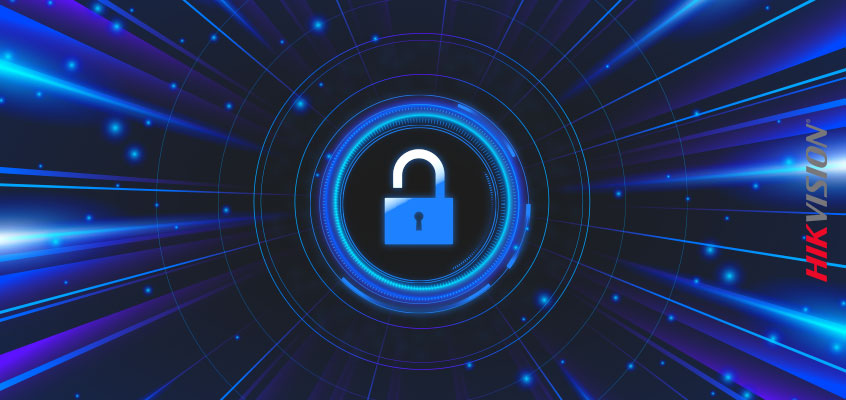3 Valuable Hikvision Cybersecurity White Papers: Vulnerabilities and How to Manage Them, Software Bill of Materials, and Zero Trust

Hikvision is committed to cybersecurity and offers insights into meaningful and valuable trends and practices in cybersecurity for the security industry and beyond. Our white papers, located in our cybersecurity center, provide great insights to help you boost cybersecurity.
The white paper on Vulnerabilities and How to Manage Them addresses basic types of software that are susceptible to vulnerabilities and will likely have patches released by their respective software vendor. These types of software include:
- Operating systems
- Applications/apps
- Software components
- Firmware
Software vulnerabilities are part of technology, and software companies release patches to fix vulnerabilities every month. Moreover, vulnerabilities are not only limited to operating systems. Vulnerabilities also encompass software applications, mobile device apps, and even software components prone to software bugs. The white paper sets up a framework to help organizations approach and address vulnerabilities better.
The Software Bill of Materials white paper discusses a massive breach that SolarWinds encountered in 2020. By March 2021, 18,000 organizations and enterprises had installed the malicious patch onto their SolarWinds systems. This incident revealed that threat actors have become increasingly sophisticated at exploiting software supply chains to conduct attacks. Cyber industry players and the federal government consider a Software Bill of Materials (SBOM) a straightforward solution to the increasing software supply chain attacks.
The white paper on Zero Trust explains Zero Trust by outlining why it’s essential within the IoT industry. It describes how Hikvision, a global manufacturer of IoT devices focused on video surveillance, endorses the concept of Zero Trust. The term “Zero Trust” was developed in 2010 and can play an essential role in safeguarding our people, businesses, and devices into the future.
To read these white papers and more, visit Hikvision’s online cybersecurity center.
